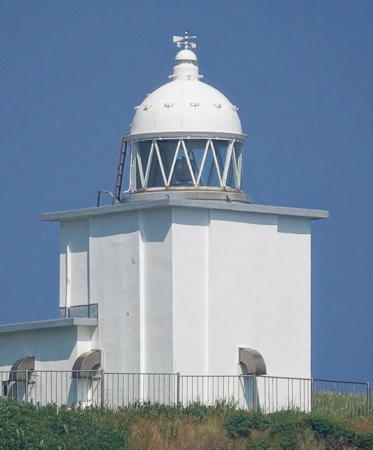The nation of Japan, known in Japanese as Nihon or Nippon (日本), occupies an archipelago off the east coast of Asia. The four main islands are Hokkaidō in the north, Honshū (the largest) in the center, Shikoku in the south, and Kyūshū in the southwest. The country includes thousands of other islands of all sizes; among them the Ryūkyū (Nansei) Islands are a long chain extending to the southwest and including the large island of Okinawa, and the Nanpō Islands are another long chain extending south into the Pacific Ocean. Much of Japan is mountainous but the coastal regions are densely populated and urbanized; the country's population is about 126 million.
Japan is divided into 47 prefectures. Hokkaidō, northernmost of the four main islands, is governed as a single prefecture, making it by far the largest of the 47. The prefecture is divided into nine administrative regions, called subprefectures in English. The subprefectures of Hokkaidō are similar in size to the prefectures in the other main islands.
Rishiri and Rebun are volcanic islands in the Sea of Japan a few miles west of the northwestern coast of Hokkaidō.The two islands are very scenic and have become popular vacation destinations. Administratively they are governed as separate districts of the Sōya Subprefecture, which also includes the Wakkanai area of the mainland of Hokkaidō.
In Japanese, the word for a lighthouse is tōdai or toudai (灯台). The words saki and misaki are for capes and headlands, hana ("nose") is a promontory, hantō is a peninsula, shima (also spelled sima or jima) is an island, bae is a reef, iwa or shi is a rocky reef, amase or se is a shoal, wan is a bay, nada is a sound or basin, kaikyō is a strait, kawa is a river, and kō or minato is a harbor.
Lighthouses in Japan are operated and maintained by the Japanese Coast Guard's Maritime Safety Agency. Rishiri and Rebun lighthouses are the responsibility of the Wakkanai Coast Guard Office.
A note on the Sea of Japan/East Sea controversy: The Directory takes no side in any international dispute; it makes use of the terminology, names, and spellings as they currently exist in each area covered. The sea between Japan and Korea is called the Sea of Japan on the pages for Japan and the East Sea on the pages for Korea.
ARLHS numbers are from the ARLHS World List of Lights. JCG numbers are the Japanese Coast Guard's light list numbers. Admiralty numbers are from volume M of the Admiralty List of Lights & Fog Signals. U.S. NGA List numbers are from Publication 112.
- General Sources
- Lighthouse-Japan.com - Hokkaidō
- A comprehensive site with photos and accounts in Japanese.
- Form of a Lighthouse - Hokkaidō West Coast
- Another site with many photos of lighthouses in northern Japan; cited below as FOAL.
- Online List of Lights - Japan - Hokkaidō - West Coast
- Photos by various photographers posted by Alexander Trabas.
- Misty's Japanese Lighthouse Tour - Hokkaidō
- Photos and brief notes in English.
- Main Lighthouses of the Jurisdiction
- Small photos of nine major lighthouses posted by the Wakkanai Coast Guard Office.
- Google Maps
- Satellite view of the islands.

Ishi Saki (Ishizaki) Light, Rishirifuji, October 2022
Instagram photo by peeeyama_lighthouse





